Introducing Care+Protect Energy Saving Tips: Cooling
Energy saving emergency is the need of the hour. It pushes us to look for solutions that can reduce consumption within the home, acting especially on the use of household appliances that make up on average 50 to 60% of total consumption. But there are numerous tips on home energy conservation, starting from small habits in daily lives to big investments that help the environment, reduce the energy bills and our footprint.
As we approach the coldest season of the year, every small action count and makes a difference to save energy in your home and improve quality of life. We are pleased to share easy-to-implement suggestions each week.
For this reason, we are introducing a new series #Care+ProtectEnergySavingTips providing you with easy-to-implement tips and tricks to reduce energy consumption at home.
Follow the below quick and easy ways to contribute to the environment in a very small but significant manner to save energy and lower your bills.
1) Keep the door of your fridge open as little as possible - This is because by doing so the cold air that keeps your food fresh escapes and is replaced by warm air from the room. The refrigerator compressor then has to work harder to bring the temperature back to normal.
2) Set the right temperature for the fresh food compartment and the freezer. The optimum temperature for refrigerator operation is 5 °C, and -18 °C for freezer operation.
3) Place the fridge away from heat sources so that its temperature does not rise unnecessarily. Never place your refrigerator next to a heat source such as an oven or radiator, and avoid direct sunlight, that would raise the surrounding temperature of the refrigerator, forcing it to work harder.
4) Defrost frozen food in the fridge. Indeed, not only does this ensure that the food is carefully defrosted, but its presence also cools down the refrigerator interior, reducing the amount of work that the compressor has to do, and therefore lowering energy consumption. Our perfect Haier Fresher Pad will ensure that the food is carefully defrosted, and save your time as it defrost frozen food 2 times fast
5) Make sure there is correct airflow to ensure good ventilation. Always ensure that your refrigerator has sufficient ventilation so that the compressor does not end up running continuously.
6) Do not overfill or underfill the refrigerator. A fridge works best when it’s at least two-thirds full and a freezer when it’s at least three-quarters full.
7) Do not put hot food in the refrigerator but wait for it to cool down. Never put warm food in the refrigerator as this will heat up the interior, as well as other stored foods. Hot food should always be allowed to cool to room temperature before placing it in the refrigerator.
For those who are thinking of changing refrigerators...
9) Replace the refrigerator with one of a higher energy class. Old refrigerators and freezers guzzle electricity, so you should give serious thought to buying a new appliance.
We hope you have found these suggestions useful! Leave us a comment if you have any questions!
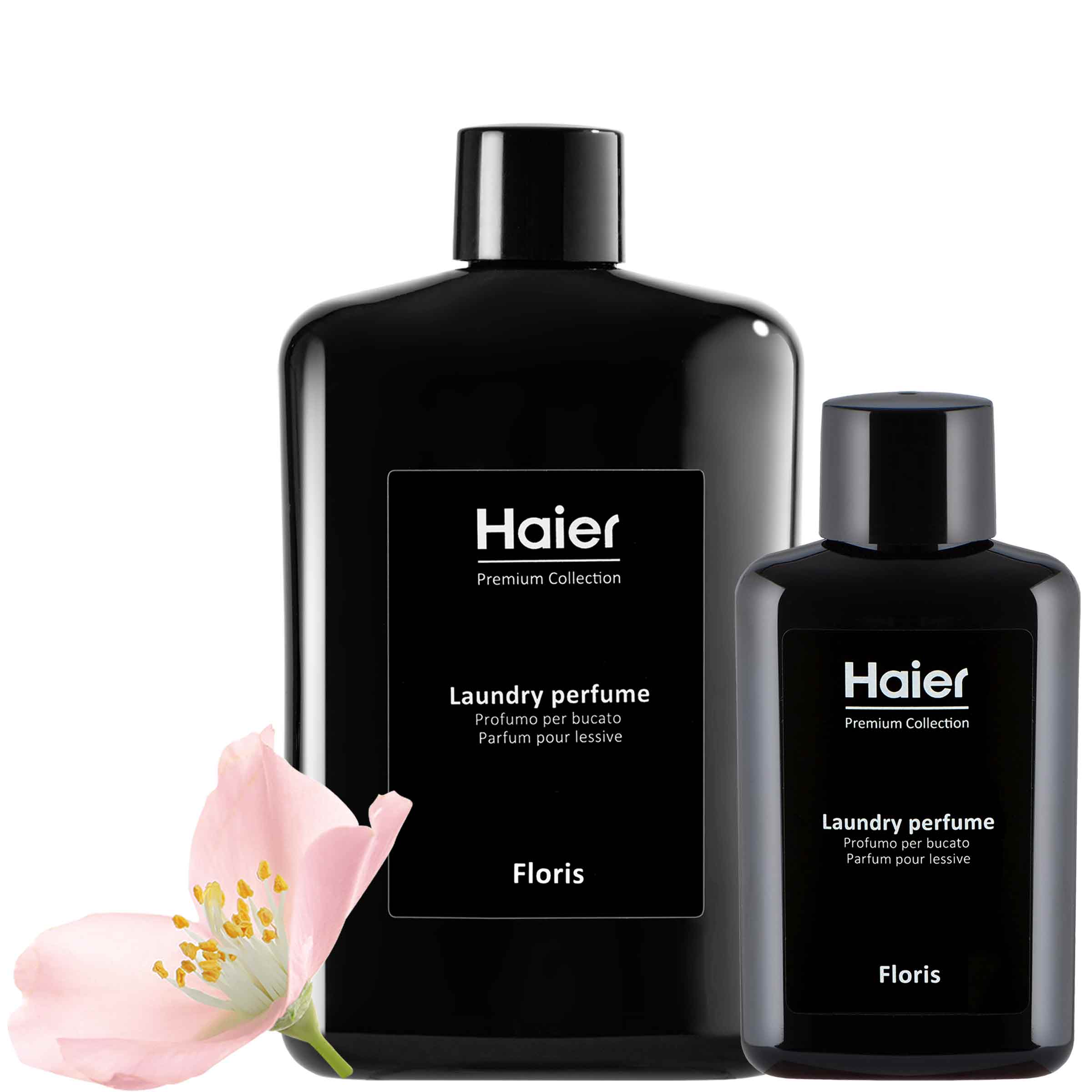
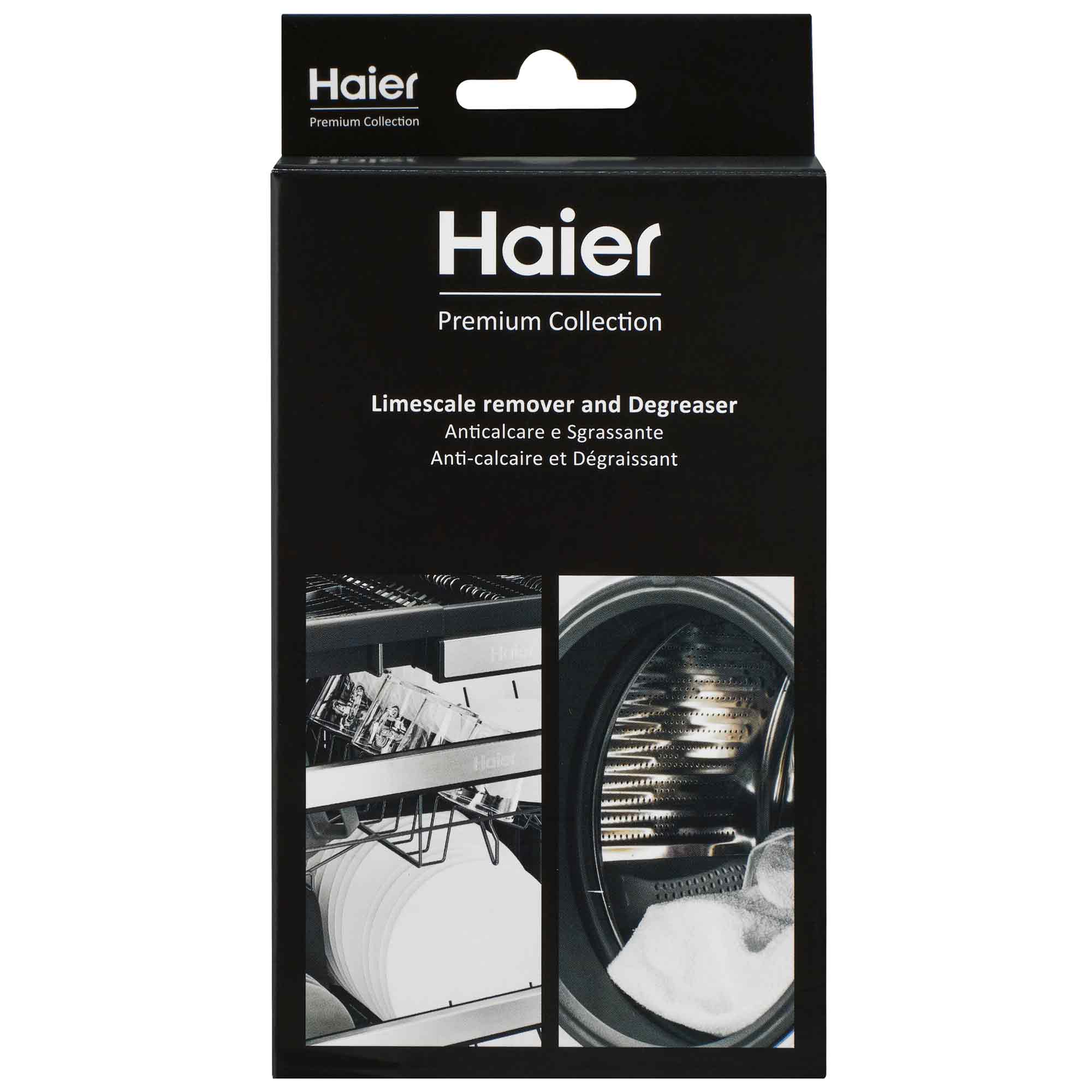

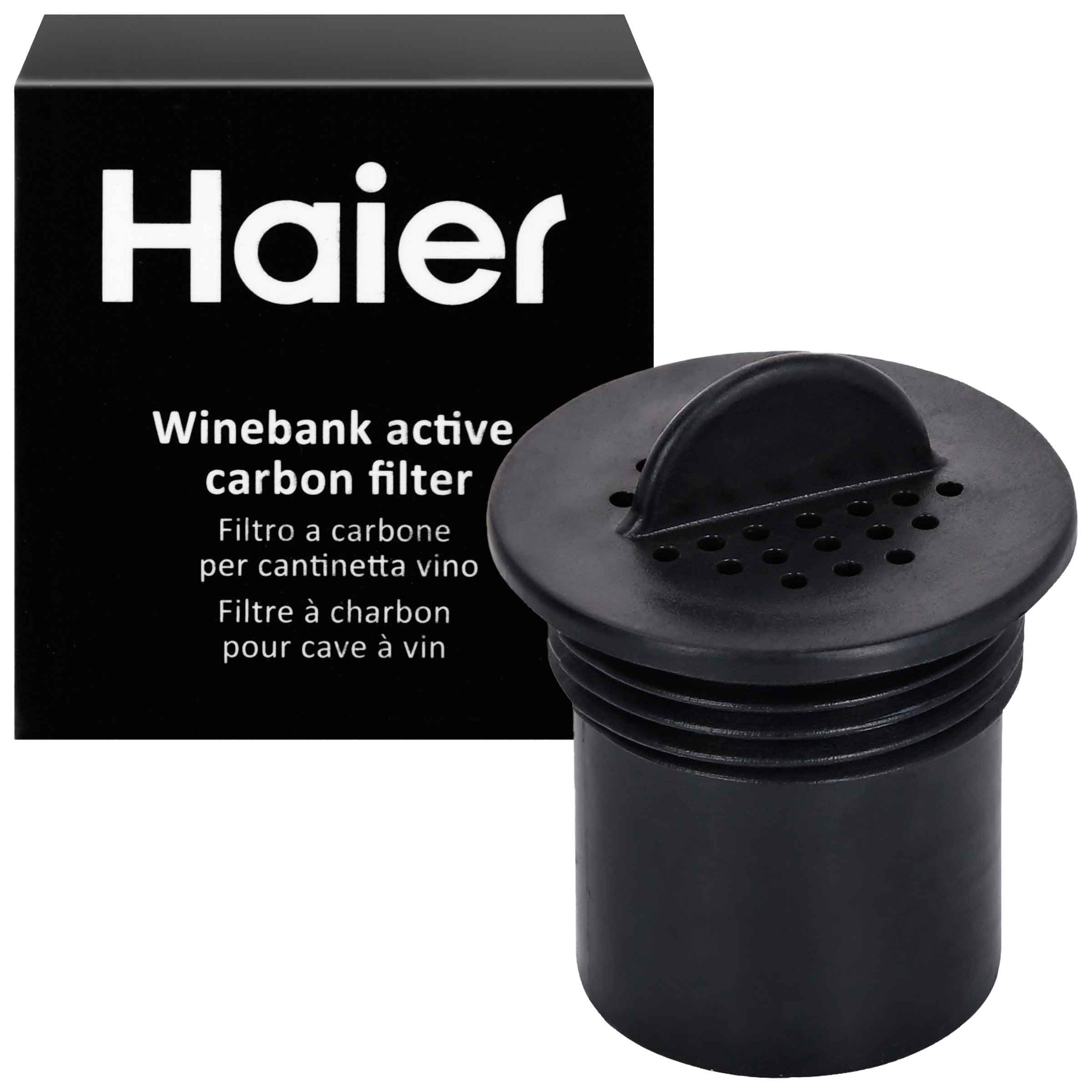
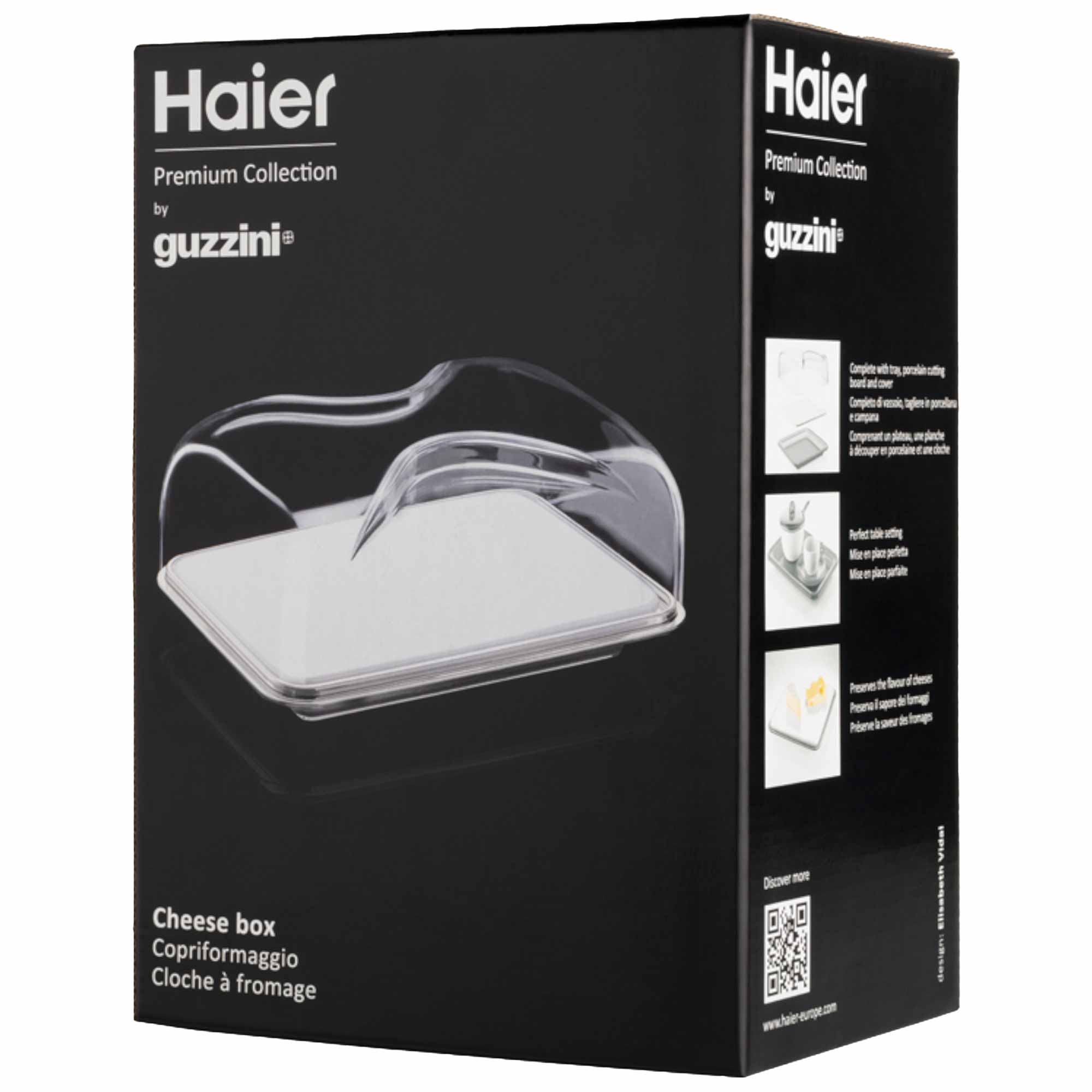

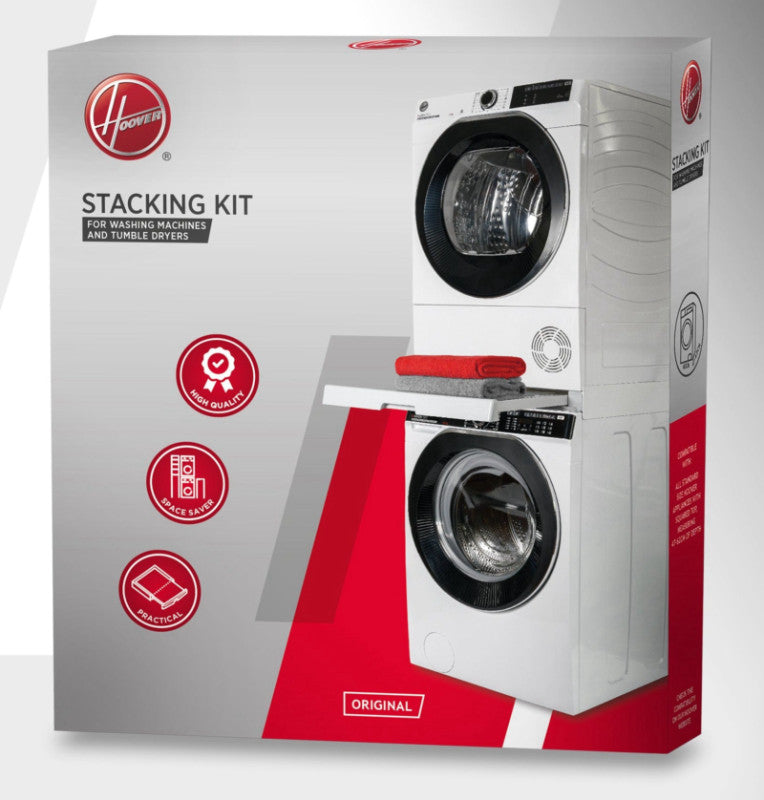
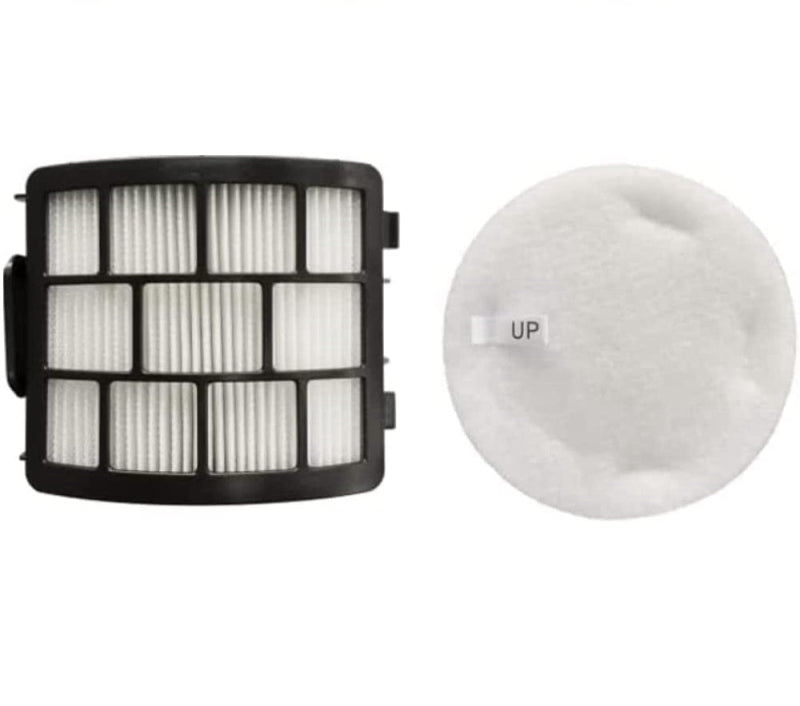
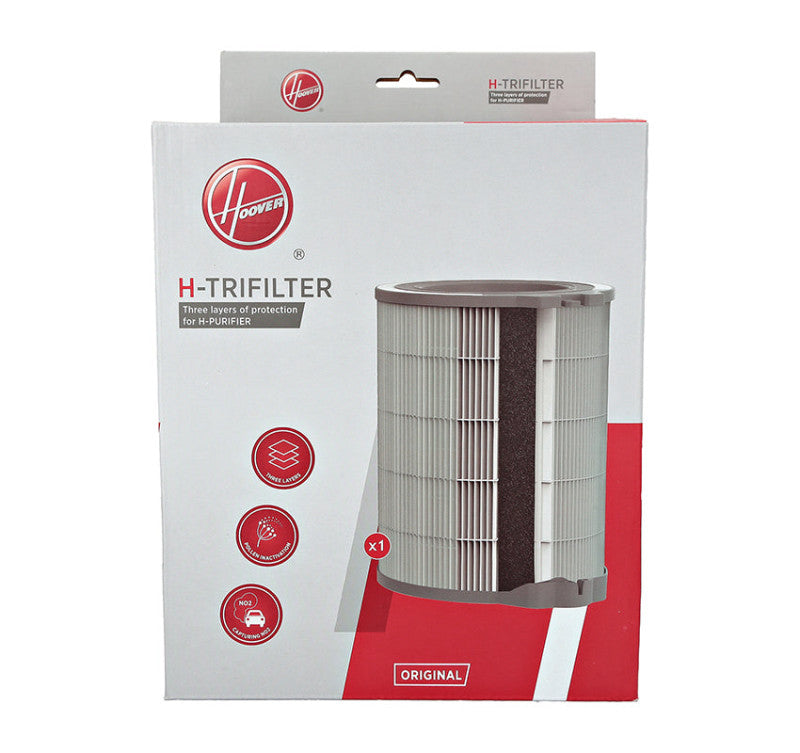
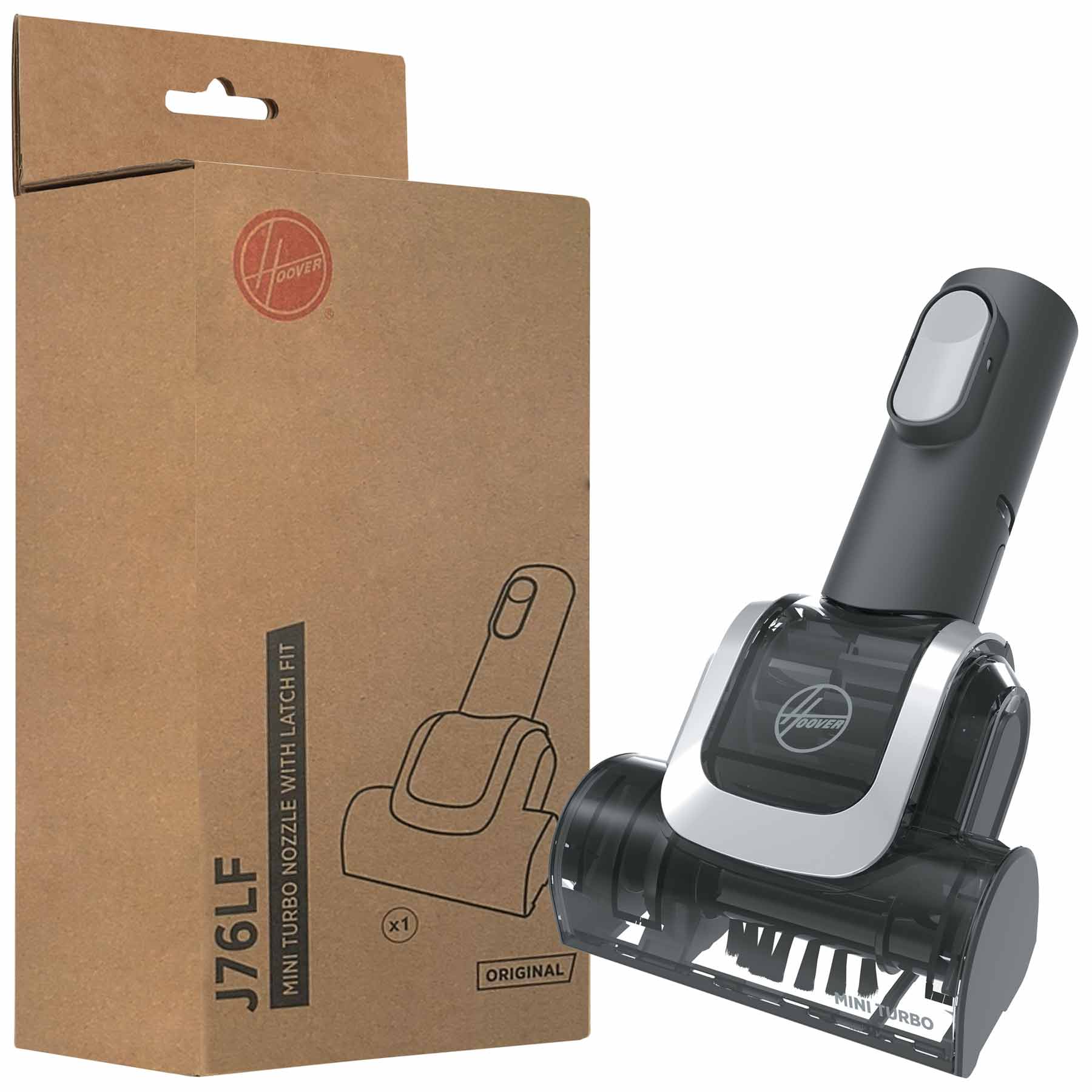

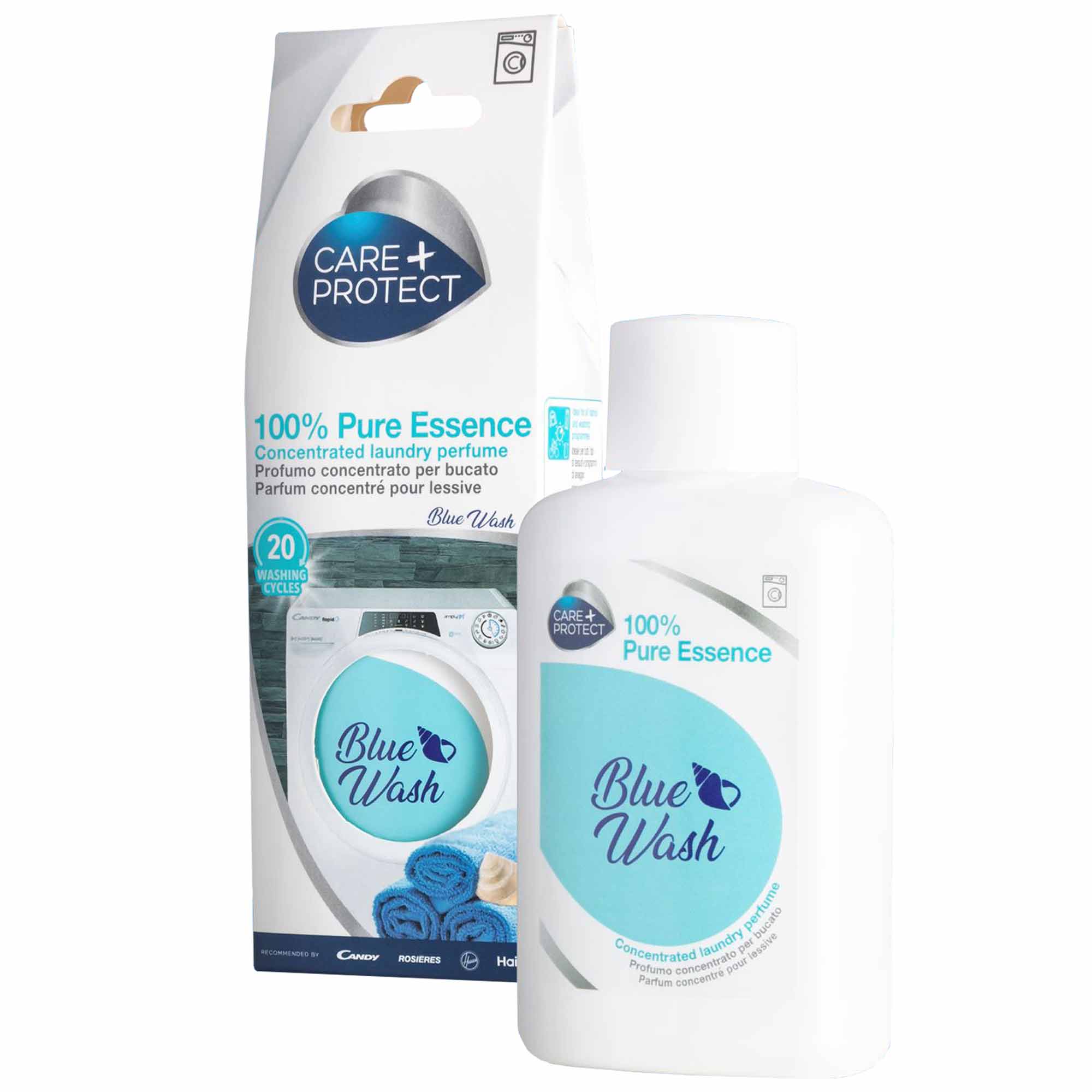


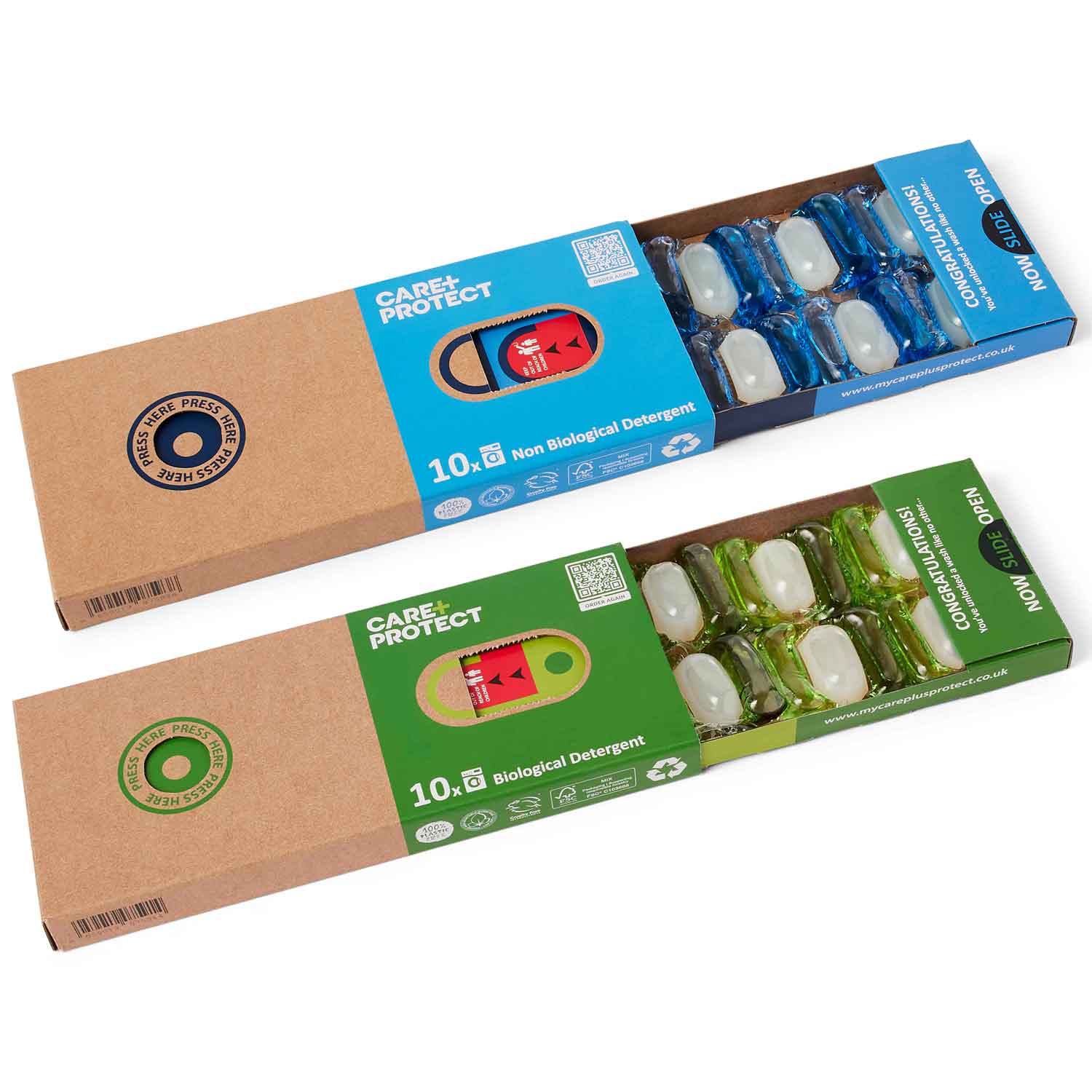
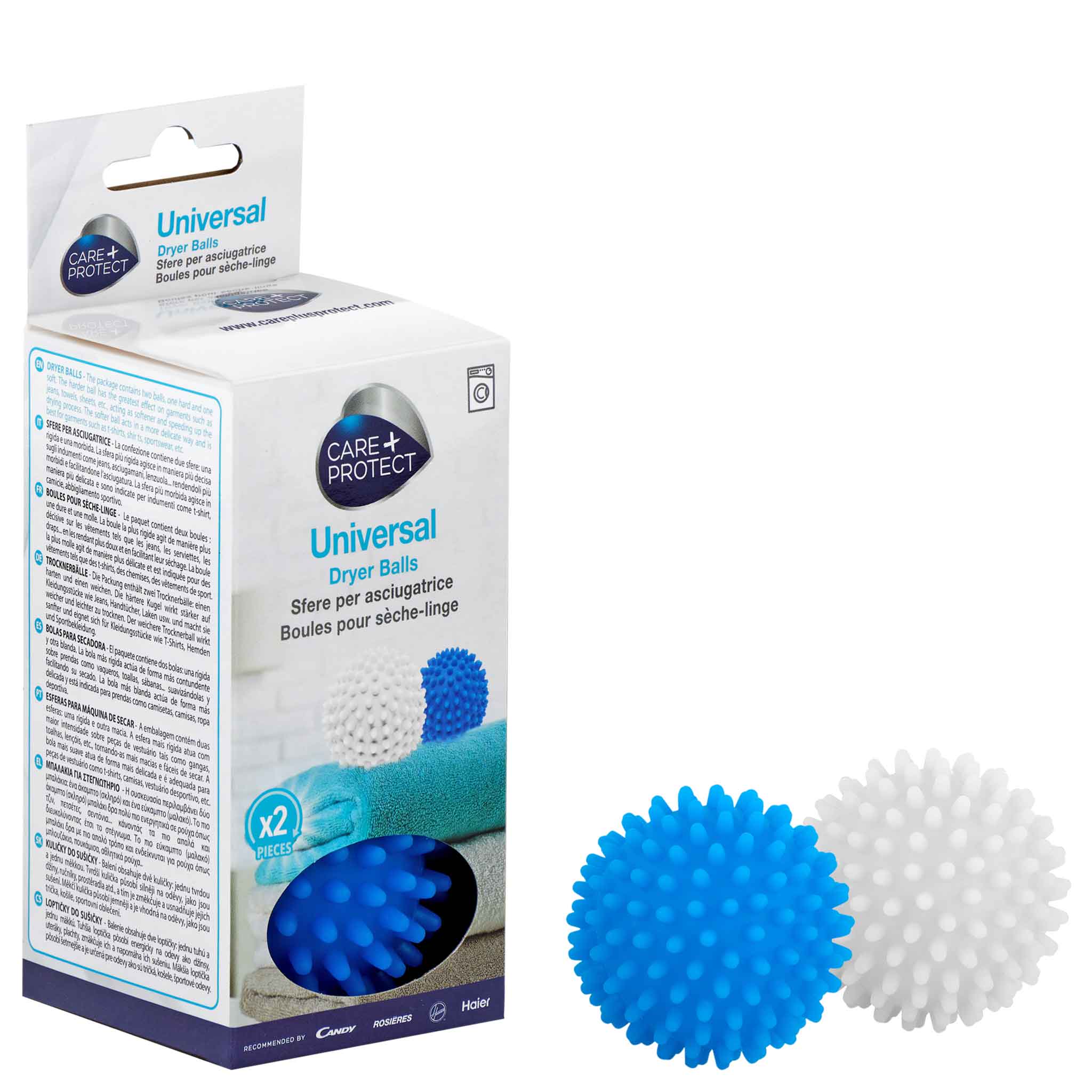
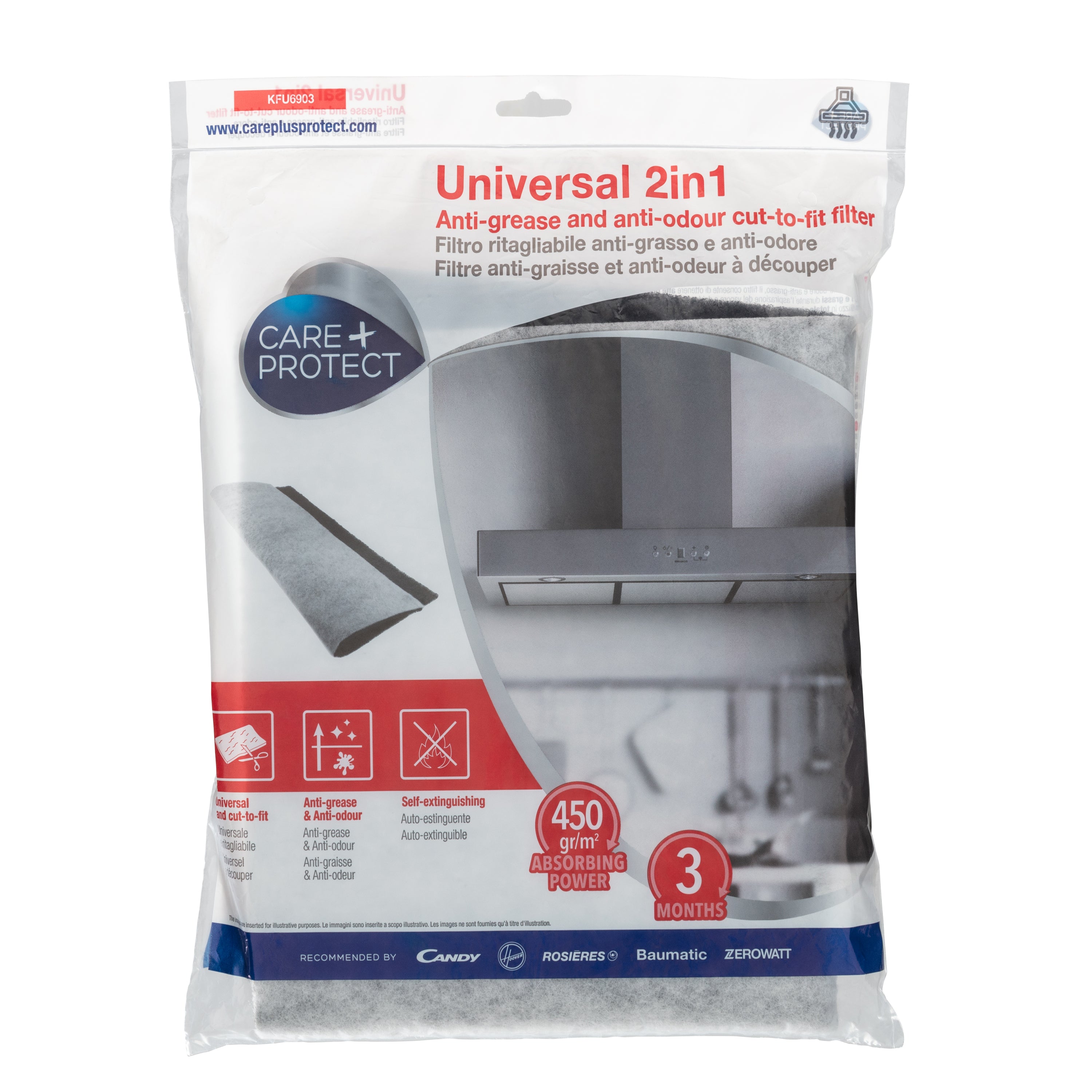
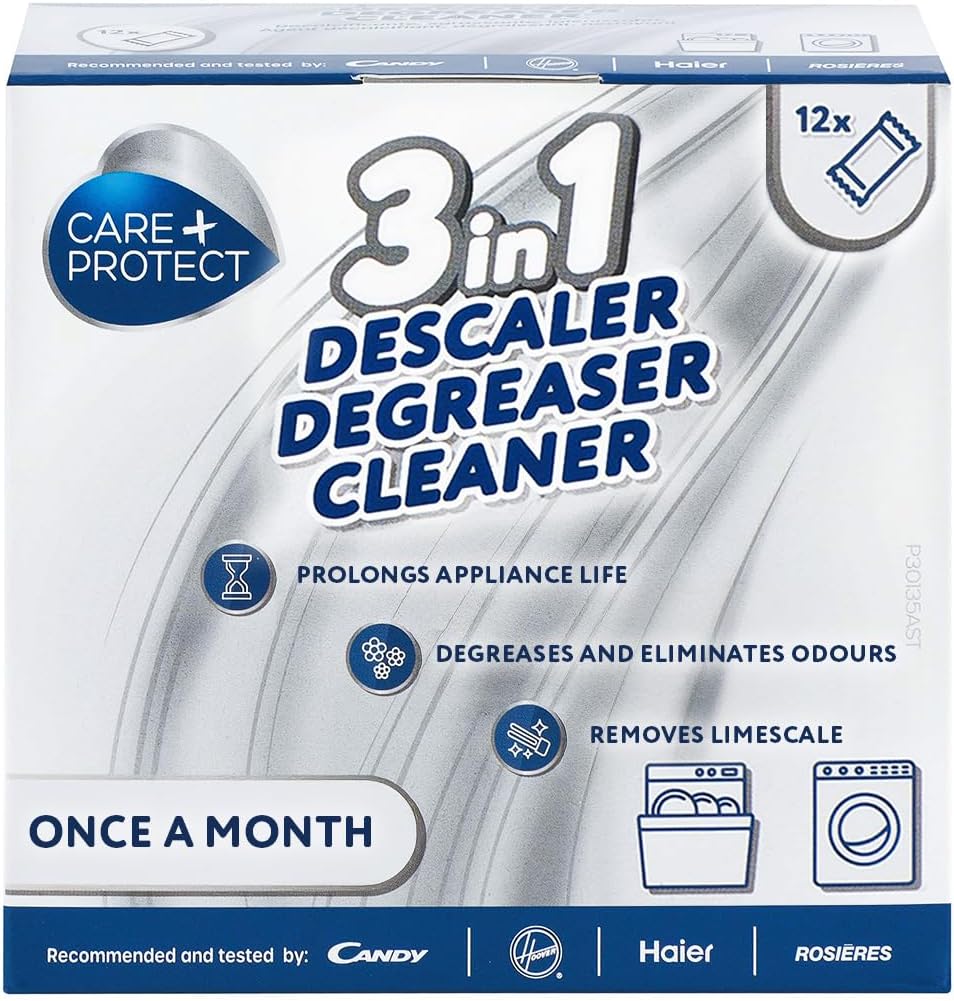
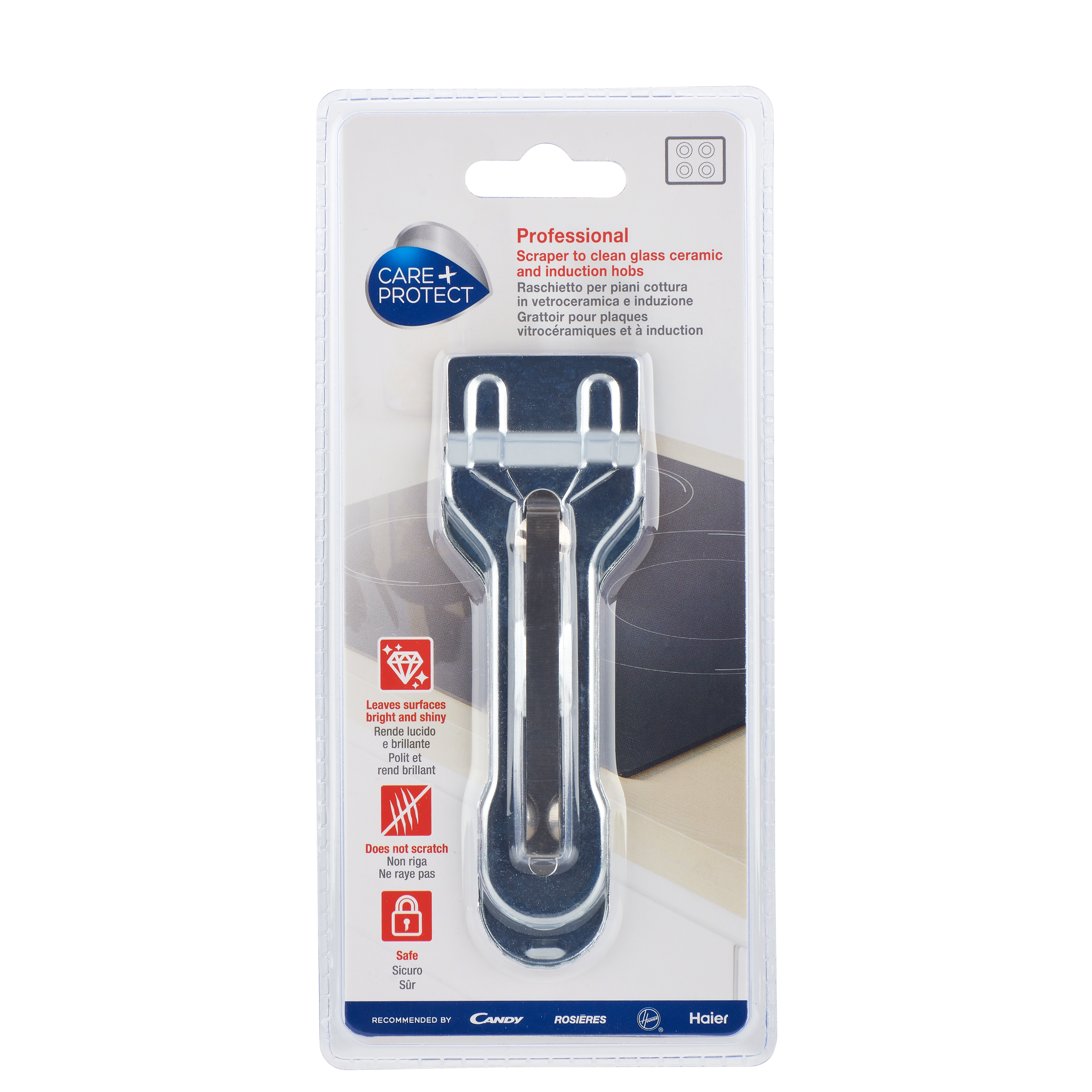

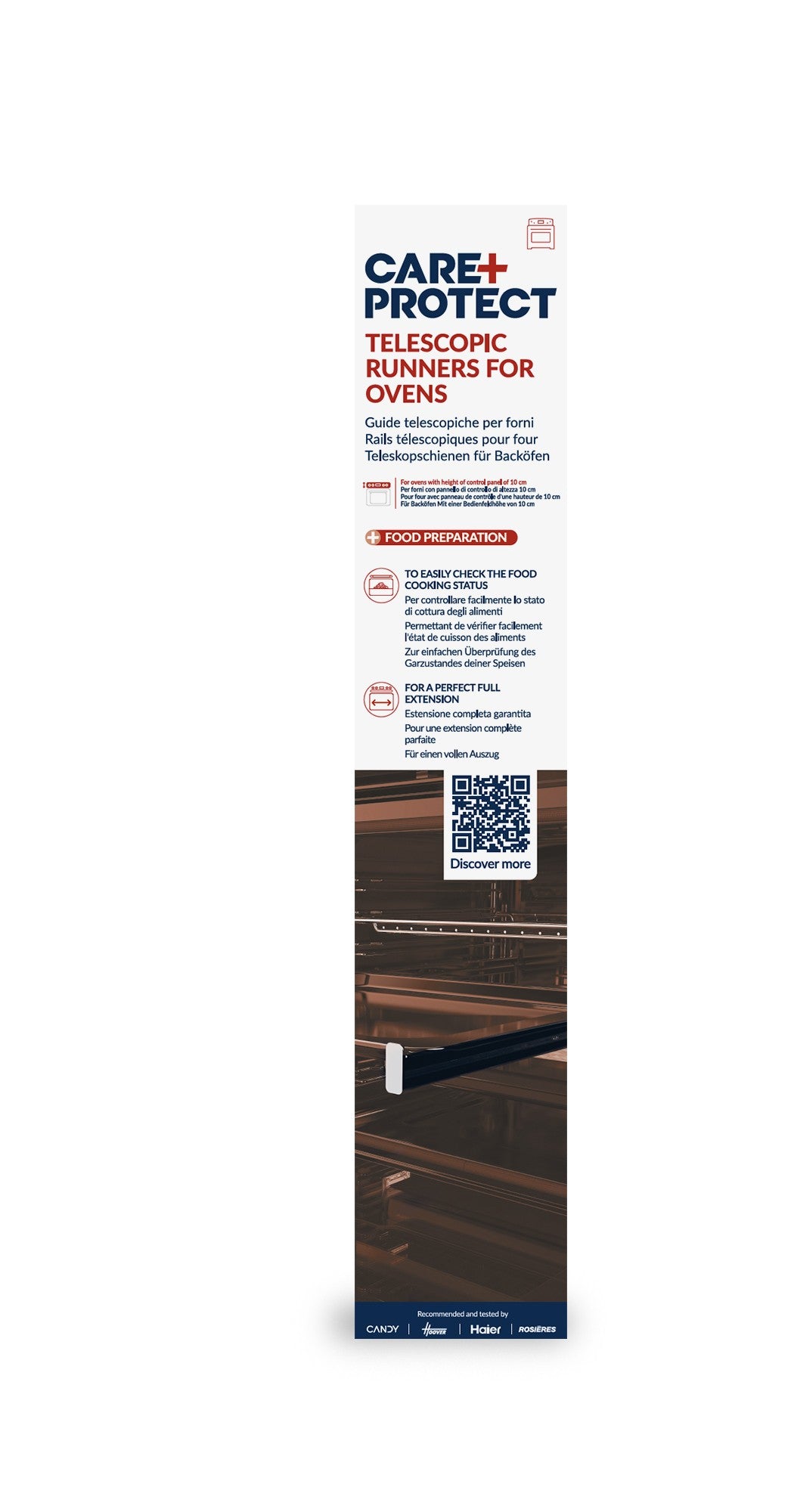

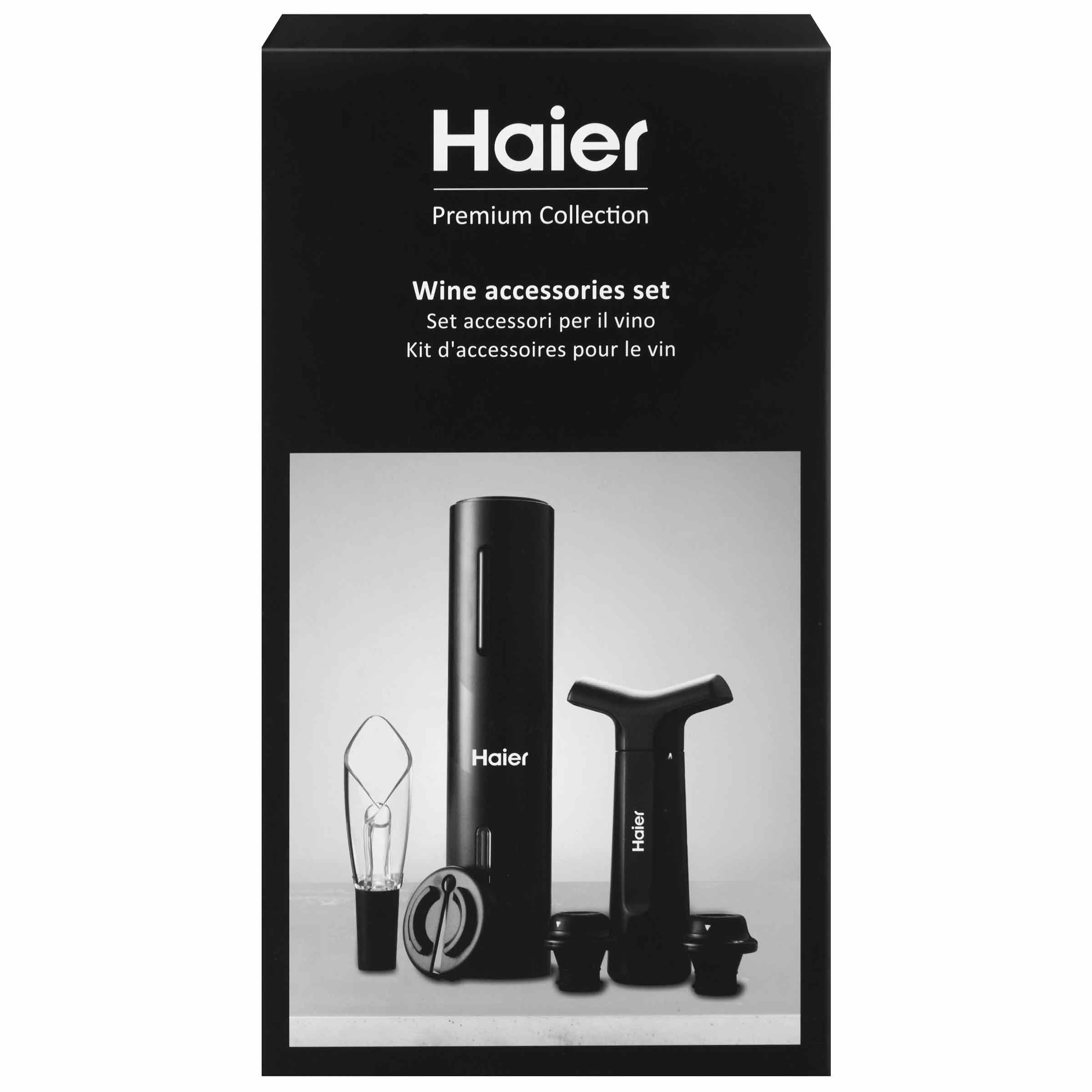
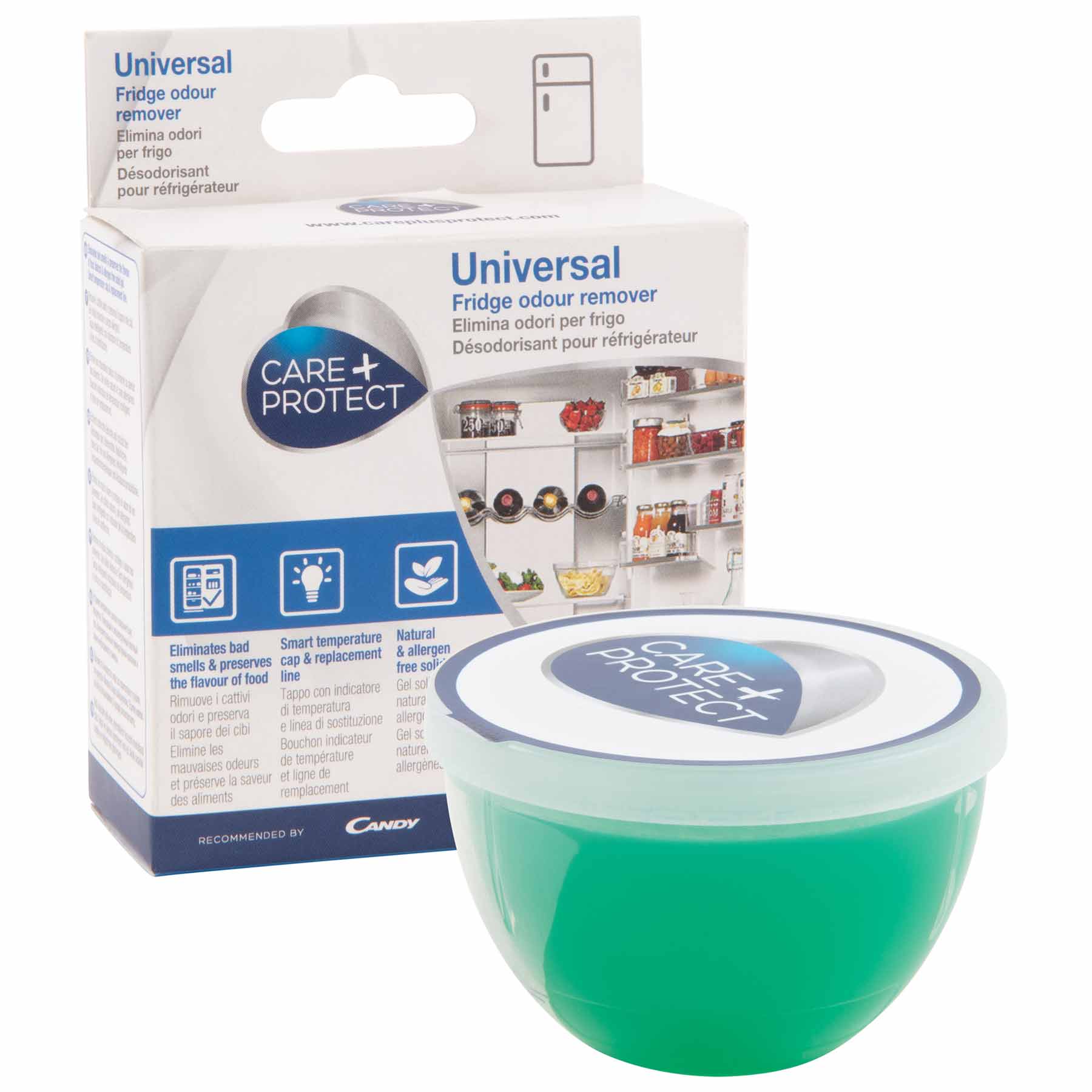
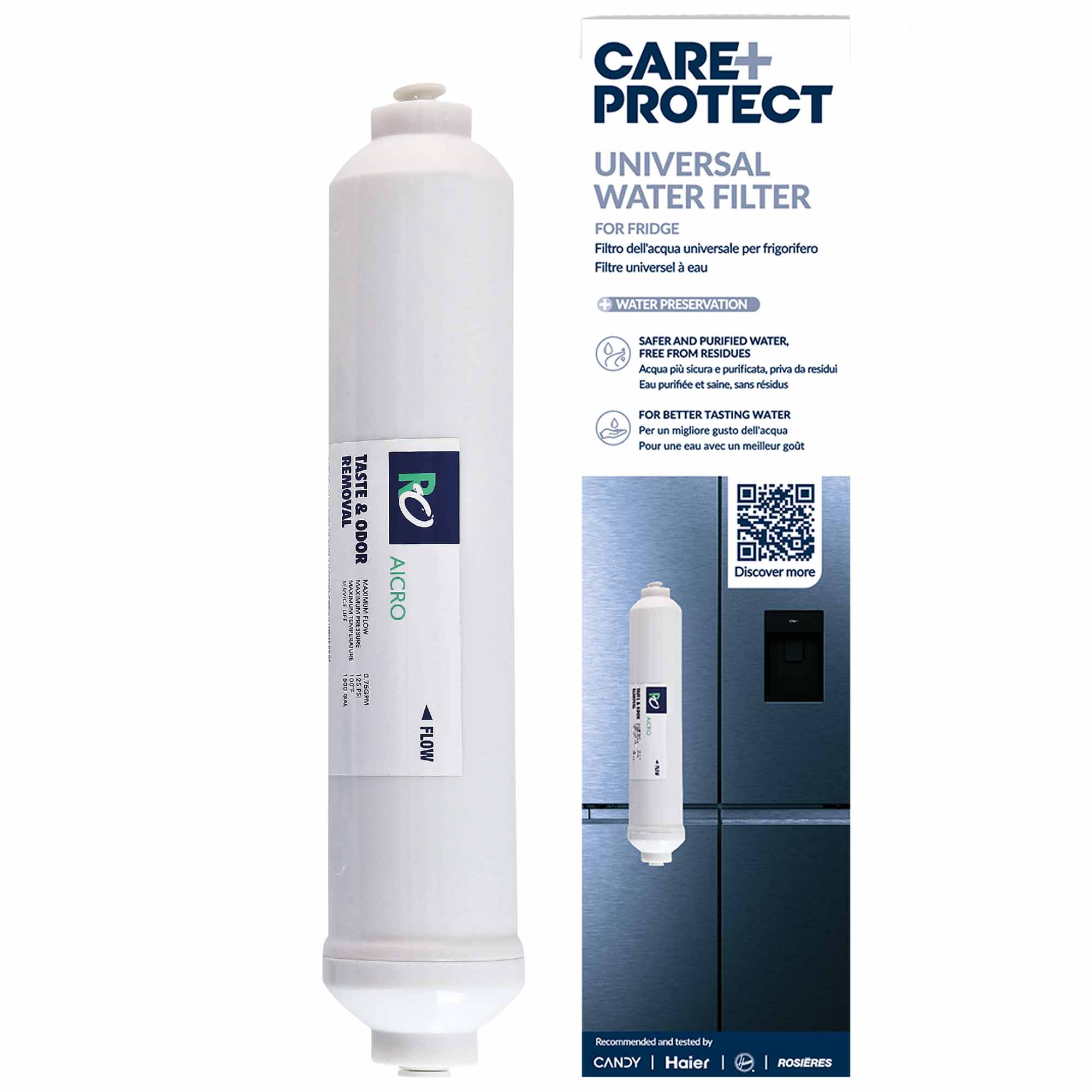
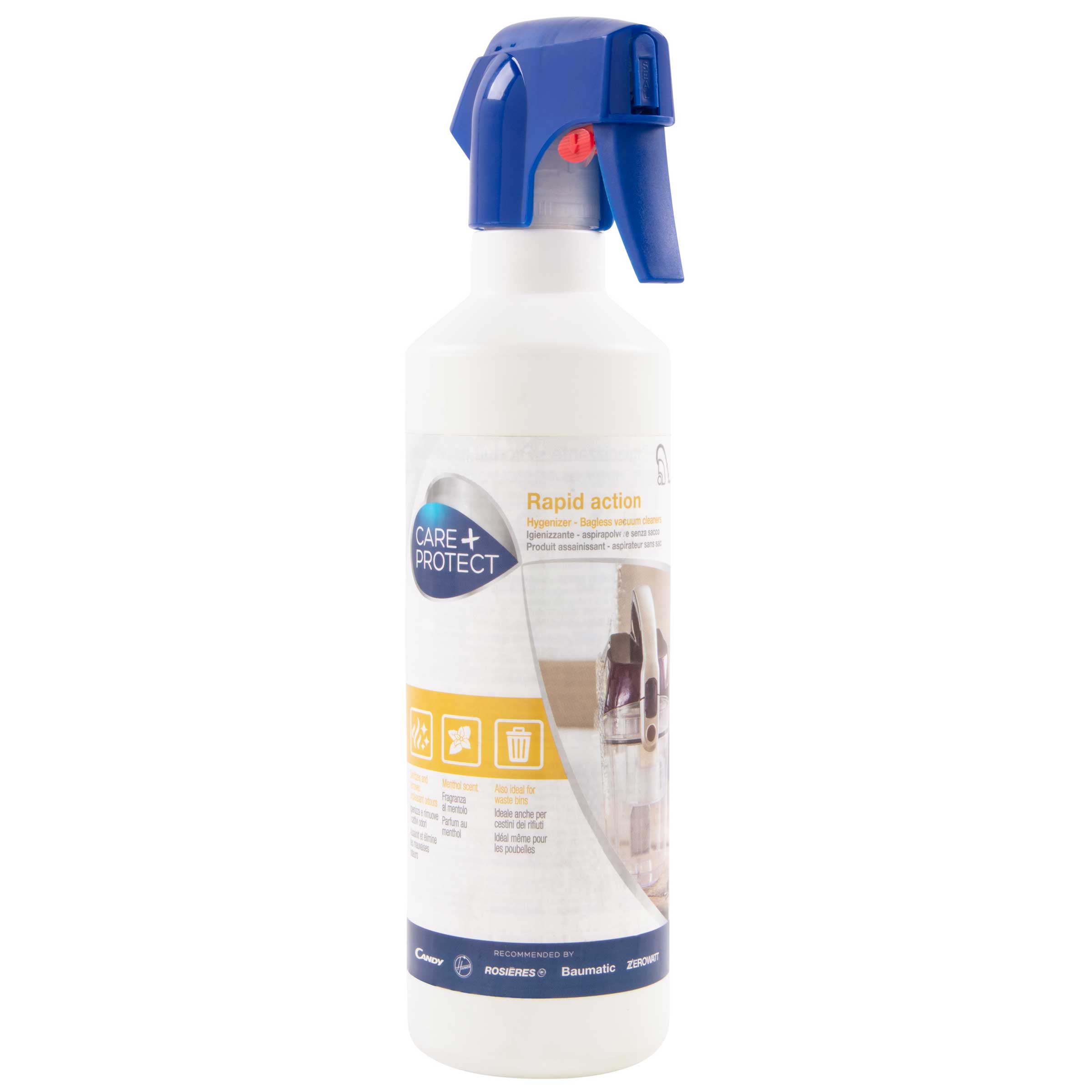
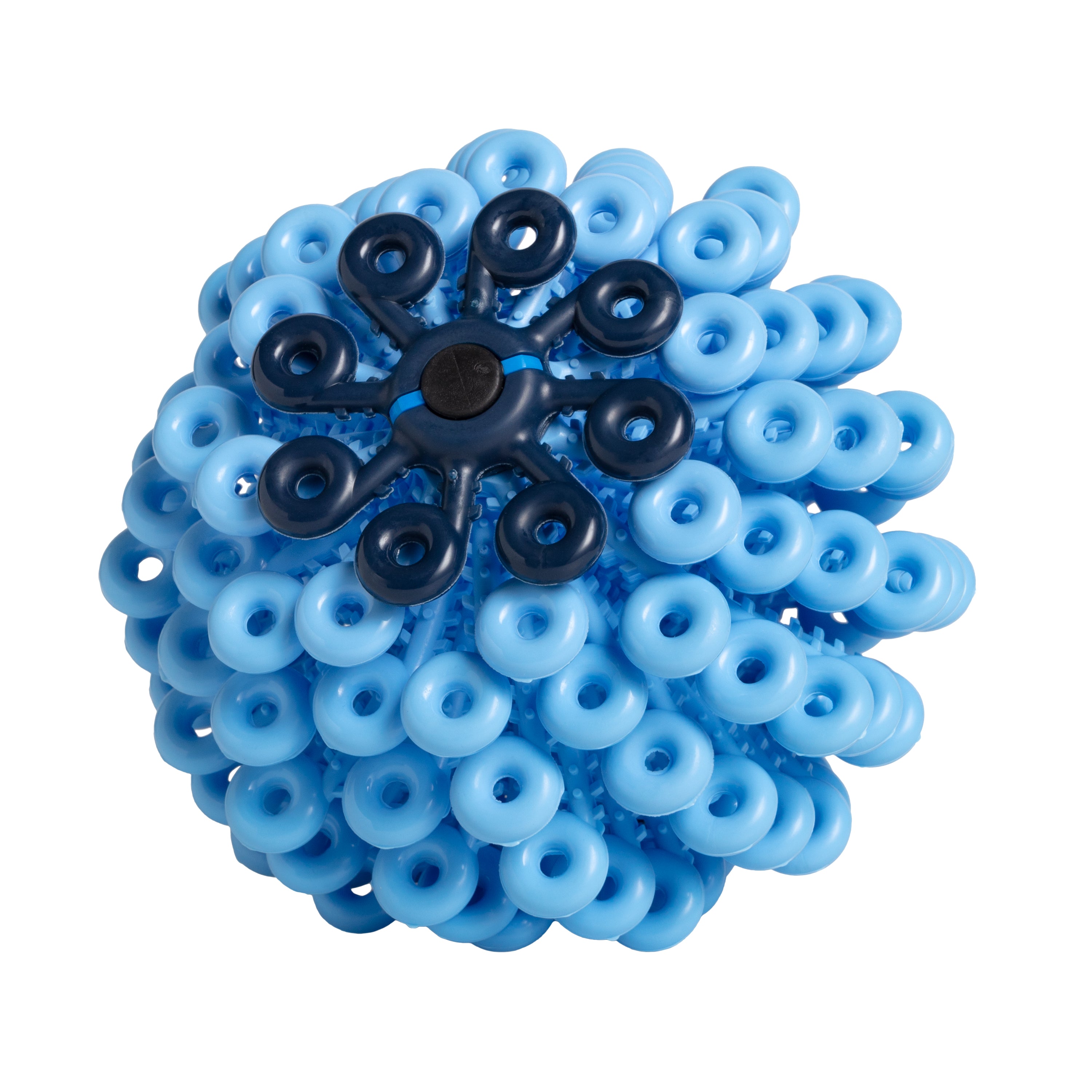
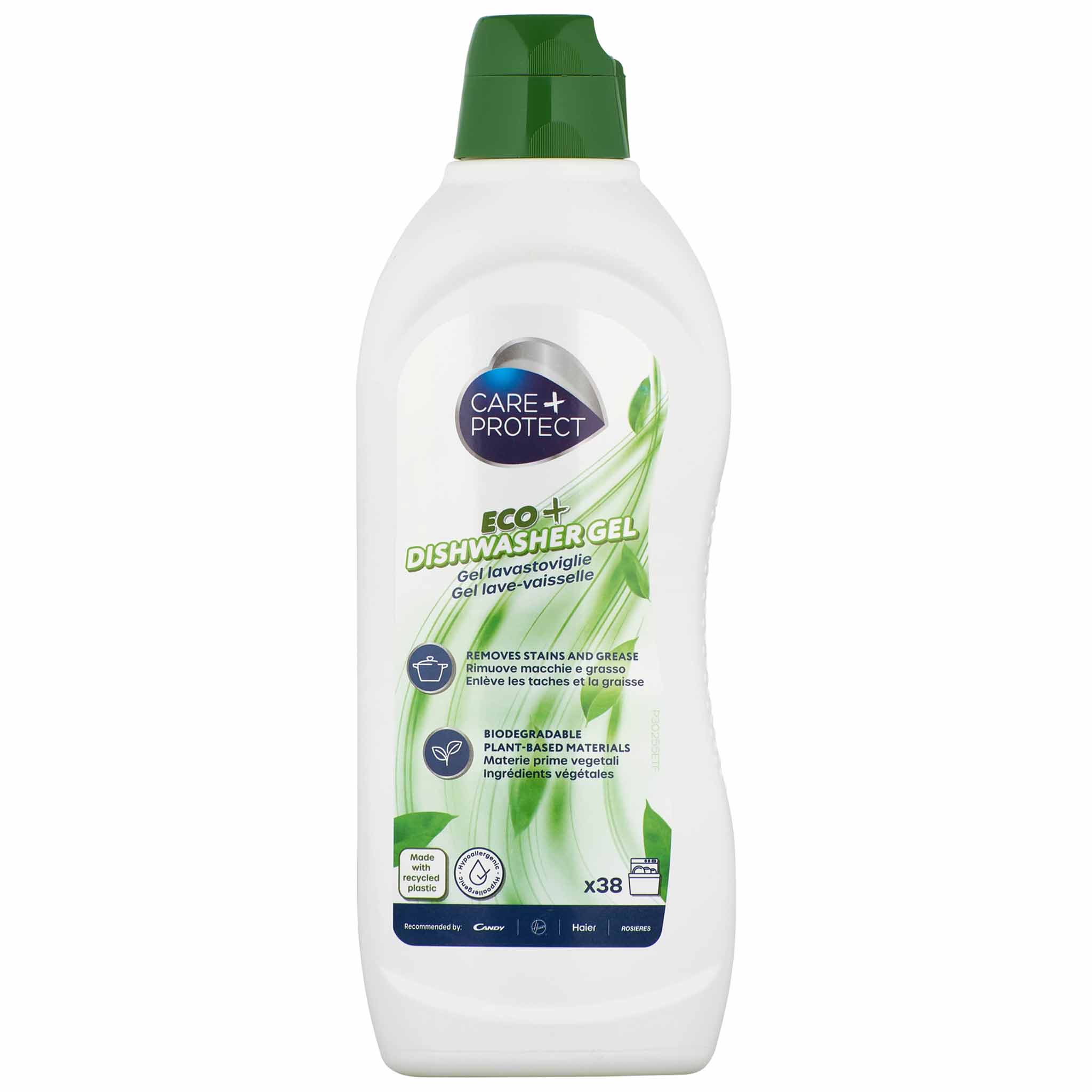
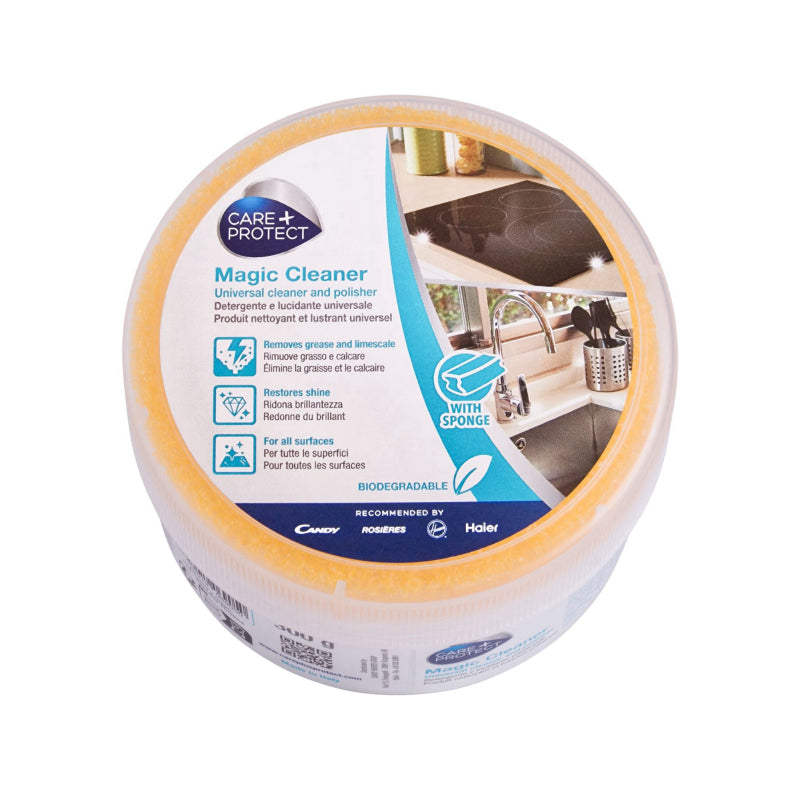
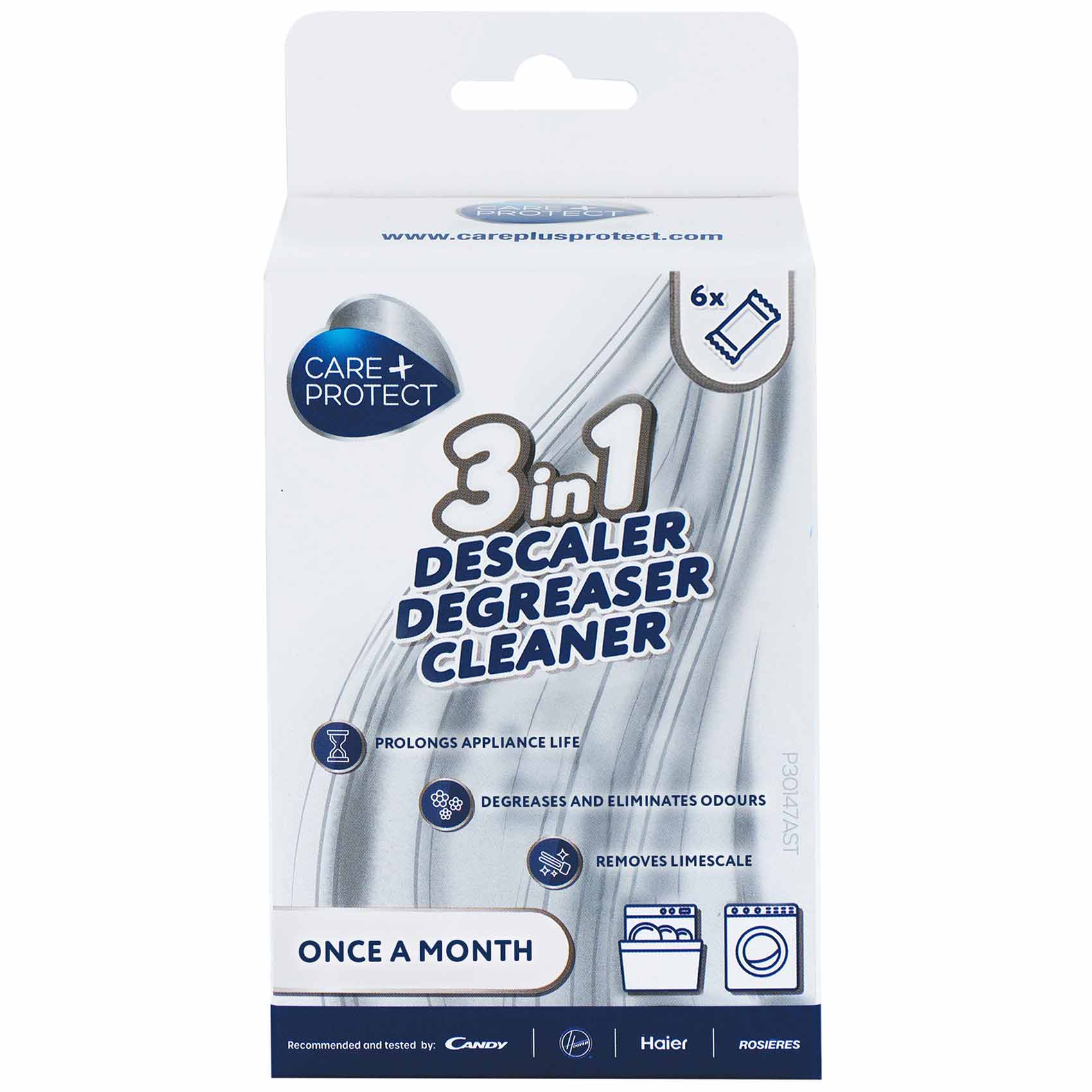
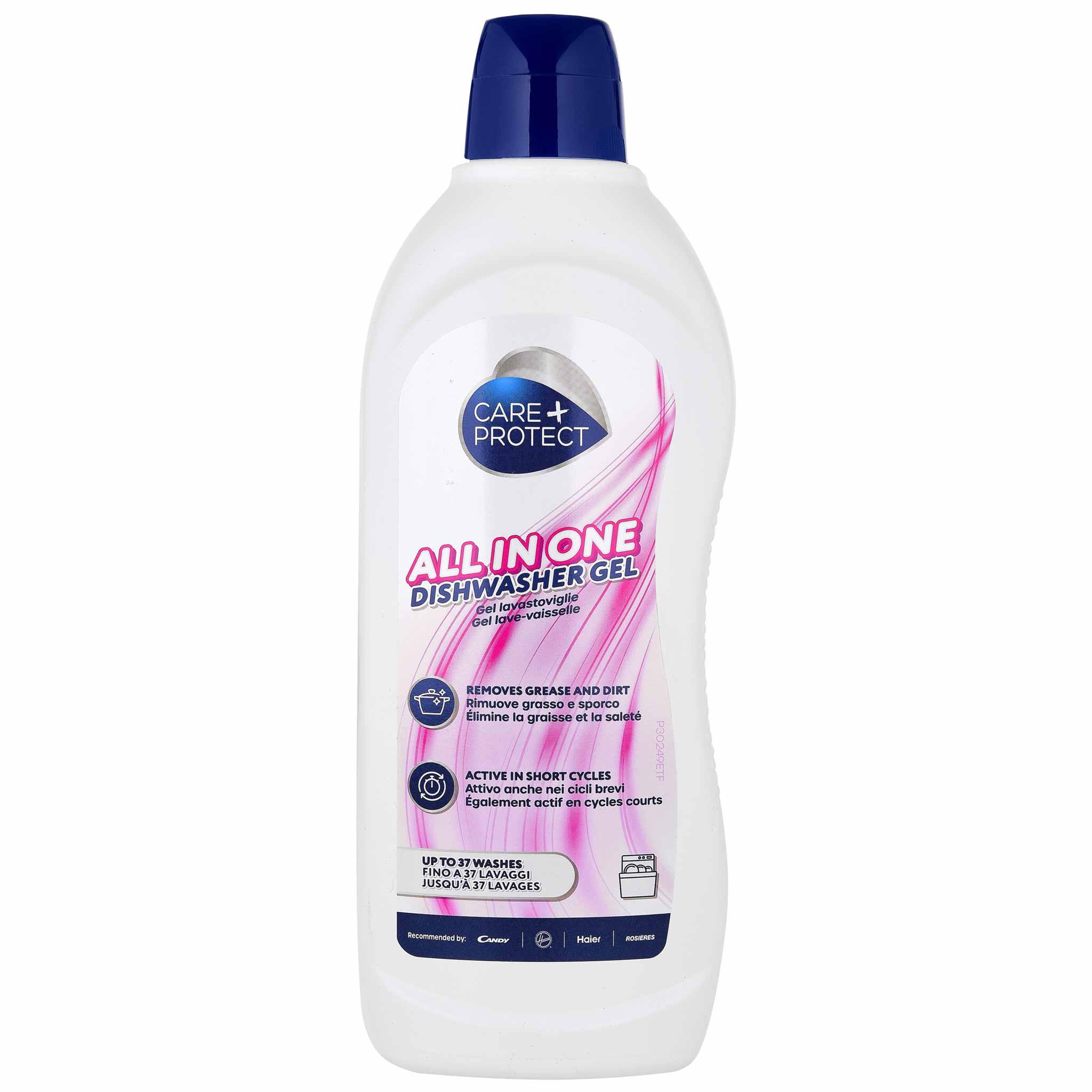

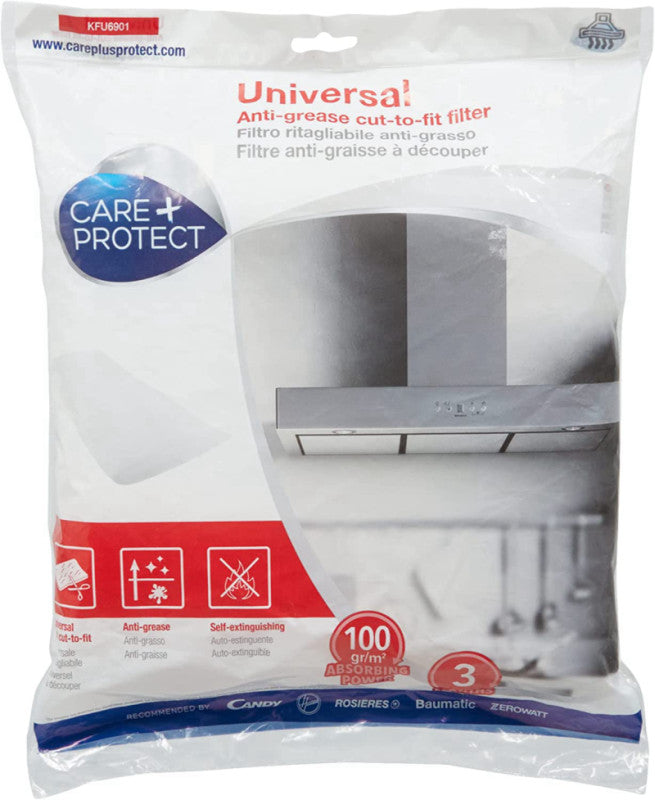


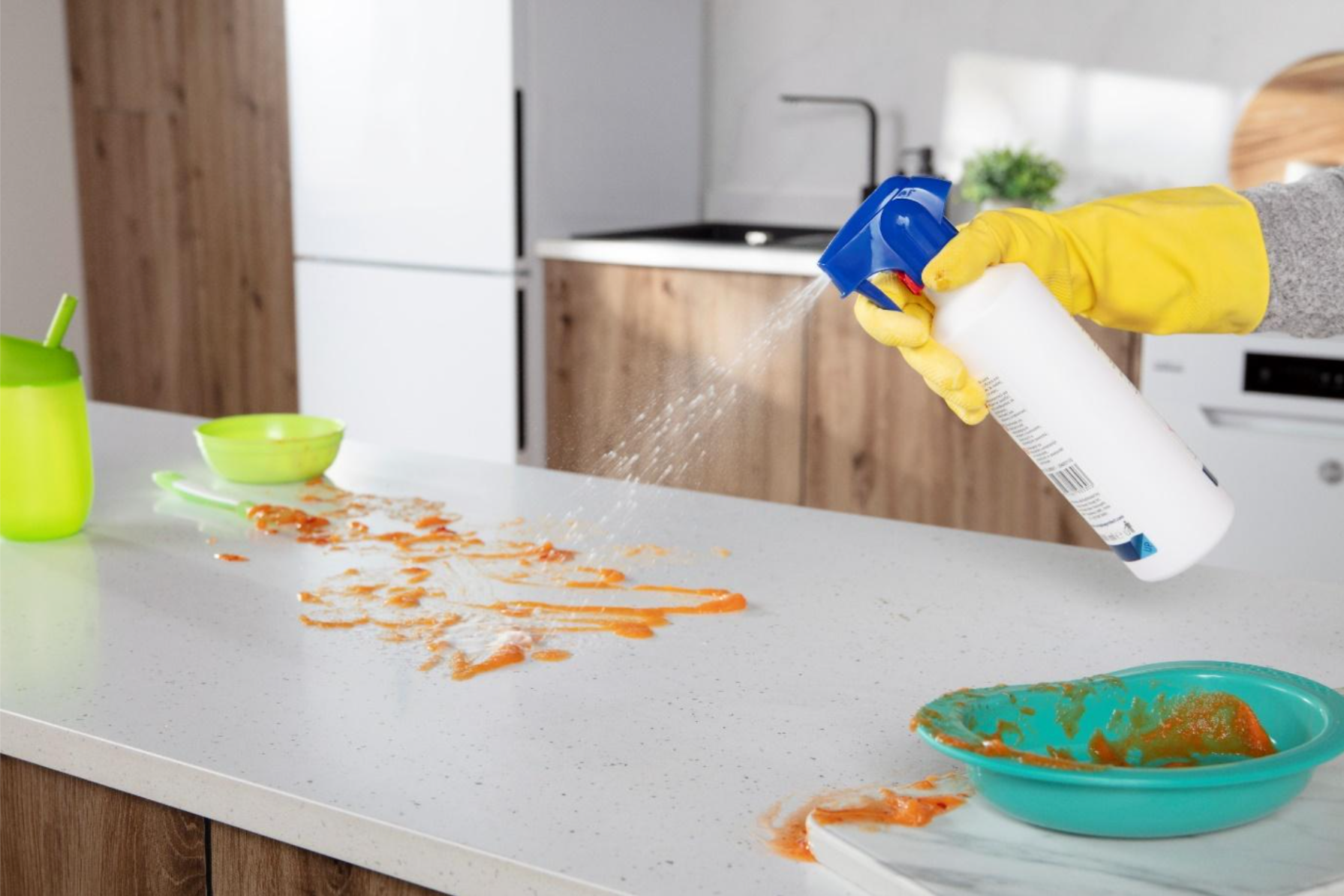
Leave a comment